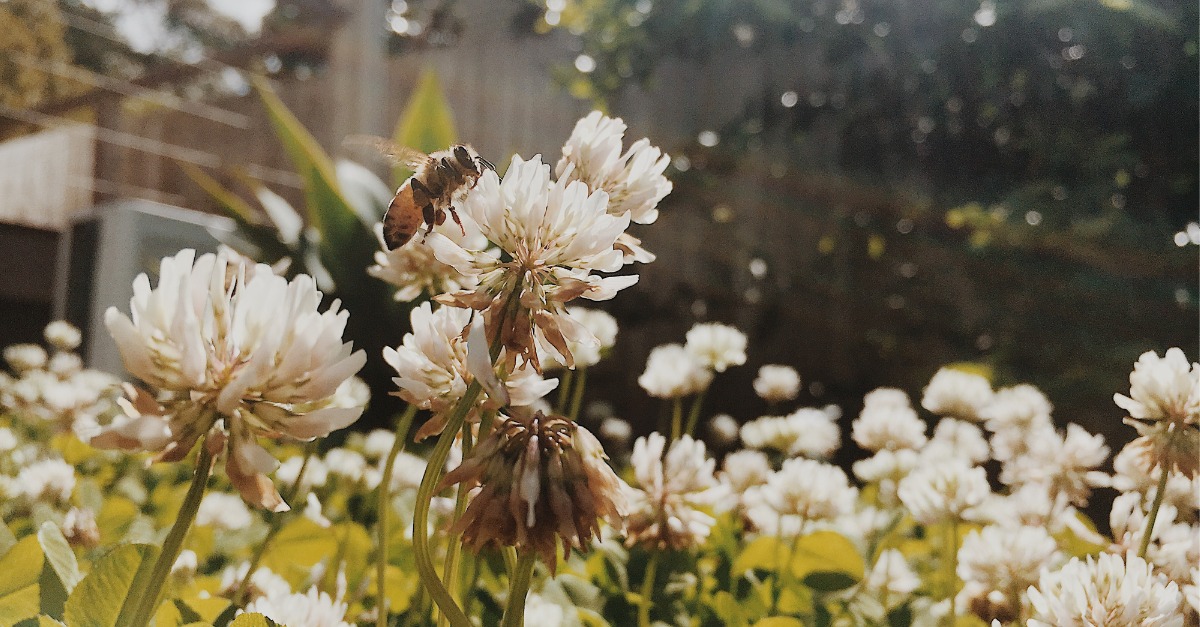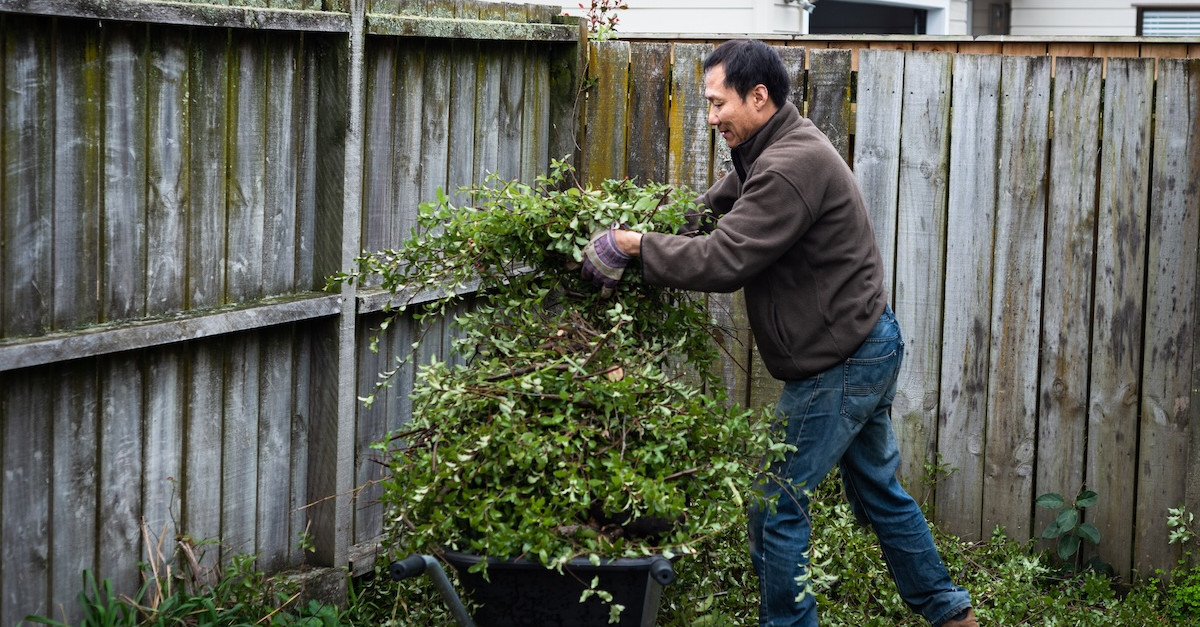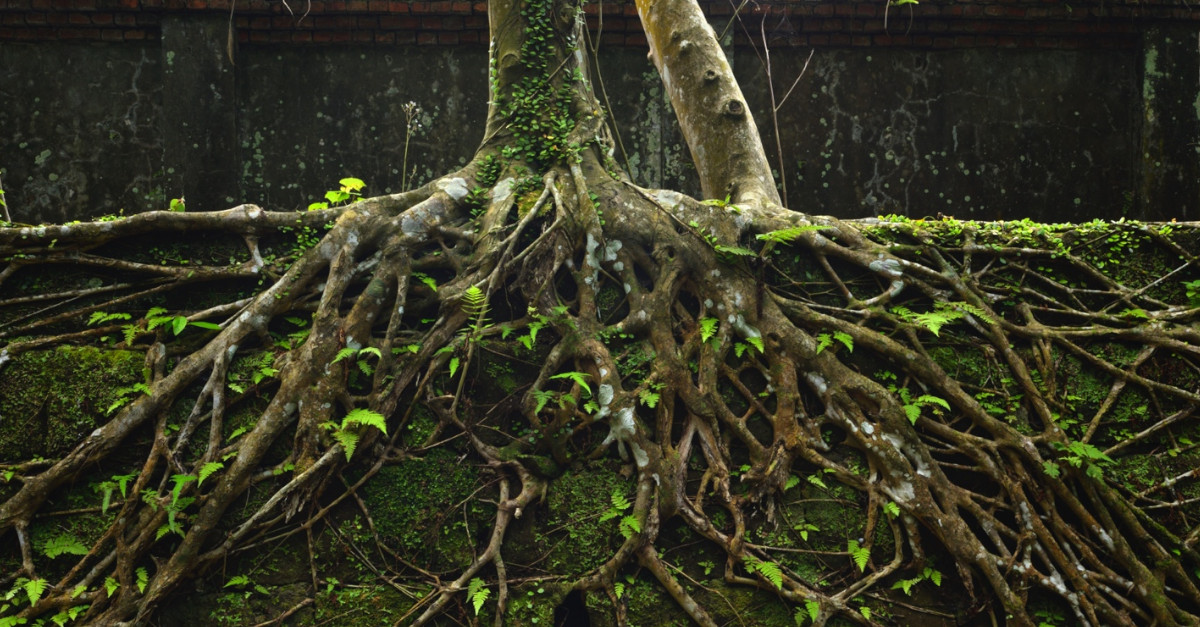How Your Yard Can Support Bees
The plant life on your property plays an important role in supporting local ecosystems, and bees are no exception. These and other pollinators help to maintain more than 90% of the world’s flowering plant species, but like most creatures, they’ve become threatened by human activities. In honor of World Bee Day on May 20th, here’s how you can use your yard to support bee populations.
Plant Bee-Friendly Flowers & Shrubs
Bees use nectar and pollen in flowering plants as sustenance and for honey production. While there are plenty of bee-friendly trees to consider, you could also attract these special insects to certain spots of your landscape with specific flowers and shrubs. Blue wild indigo, wild bergamot, aromatic aster, and coastal plain Joe Pye weed are some of the best options for native bees. As an added bonus, each of these flowers will bloom in a different season, so you can support pollinators year-round with all four. If you’re interested in shrubs, try the buttonbush or sweet pepperbush.
Bee Mindful of Nests
When we think of homes for bees, a Winnie-the-Pooh hive may be the first image that comes to mind. While honey bees do indeed live in hives, 70% of the world’s bee species actually nest underground. If you’re concerned about yard damage or getting stung, fear not: their small mounds will only be in place briefly during spring nesting season, and will then wash away with seasonal rain. So to support bee culture, try to avoid any heaps of soil you spot on your lawn while mowing during the spring, as these are possibly entrances to their nests. You’ll also want to forego any pesticides, which could harm not only bees but other wildlife.
To make your lawn even more hospitable, leave your autumn leaves in place until spring, as this can help to provide coverage for better nesting. As an added bonus, the ground-burrowing insects will help to aerate your soil, which can facilitate healthier grass growth for the coming season.
Create a Place for Burrowing
While many bee species nest in the soil, honey bees prefer to dwell above ground. One of their favorite places for building honeycombs is a wood pile. Use scrap wood or dead logs to create a comfortable space for them to thrive. Just be sure to leave spaces between the logs so your bee neighbors can build their nest and come and go with ease. And of course, stay away from the pile to avoid the risk of getting stung — or bitten by other creatures that may have set up a home there.
Set Up a Water Source
Like all insects, bees need water. A stagnant water source like a bird bath could invite mosquitoes and bacteria. Instead, create an insect “puddling station” by filling a shallow dish with soil and small stones. Leave it near your bee-friendly plants and fill it with water as needed. If you’re really looking to upgrade your landscape and support an even broader ecosystem, you could also build a small pond with a water pump for circulation.
Keeping your trees healthy is an important aspect of supporting local wildlife. For top-notch tree maintenance including pruning and removal, turn to our team. Call (404) 252-6448 or send us a message online to get in touch.







